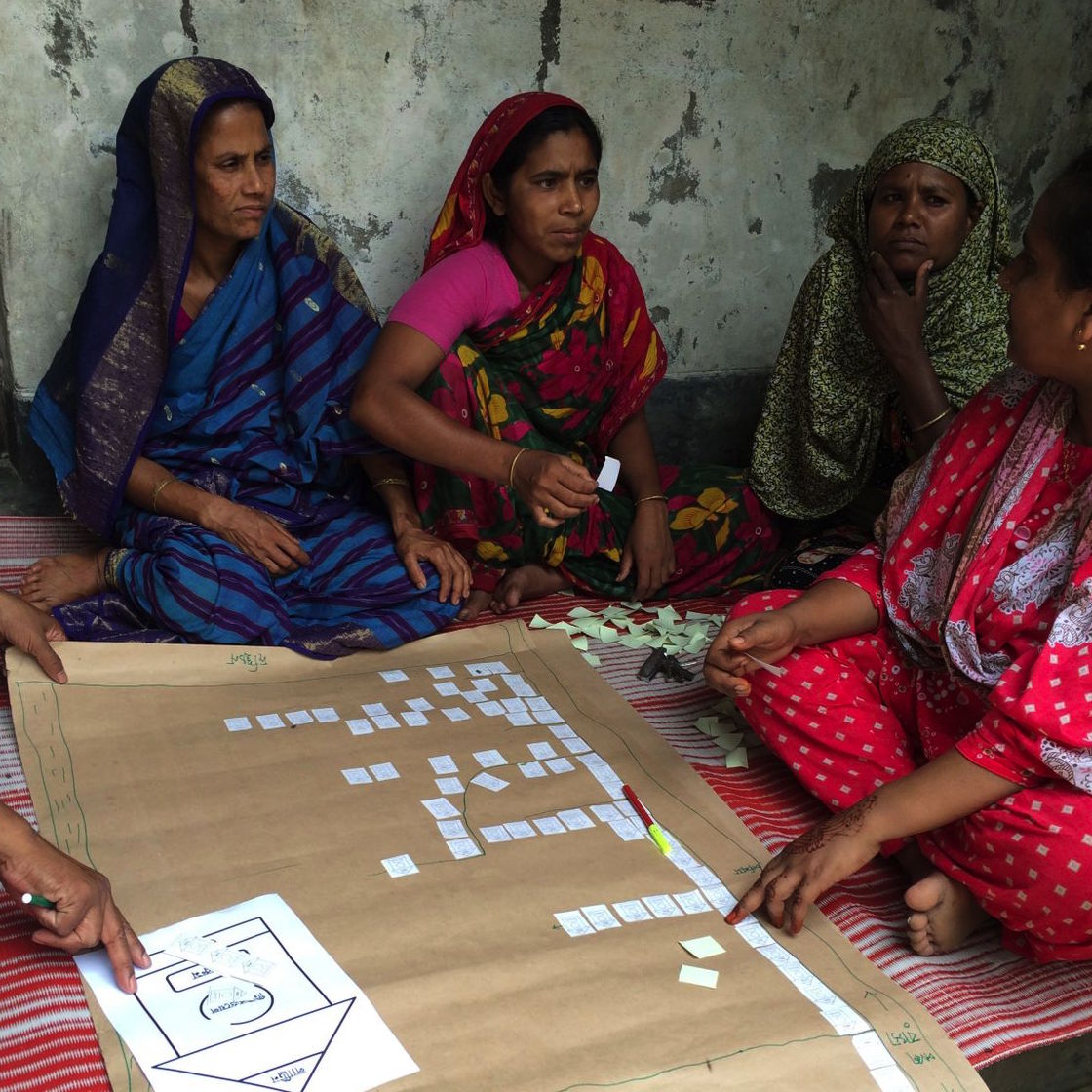Above: The New Carver Apartments, courtesy of Skid Row Housing Trust, via Citylab.com

“Beggars ought not to be choosers.” The 16th century proverb makes a certain amount of sense. Living in New York City, I remember being taken aback, if not slightly irked, when a homeless man refused my gift of an uneaten sandwich on the basis that he didn’t like the ingredients it contained. But as someone who personally values the enjoyment of good food, as with music, art or design, why should I expect any less from another human being?
Why is it that we might consider the poor as too poor to care about something like good design? Fundamentally, it is because we view good design as an add-on, a luxury rather than an integral part of our lives and essential part of our humanity. The Merriam Webster definition of design is “the process of planning how something will look, function or be made”, the designer is one who creates these plans, but it is our use of the adjective designer, defined as “something created by a famous designer; very fashionable and popular” that begins to associate design with a sense of exclusivity, rarity, and ultimately, of privilege.
A recent initiative by the Skid Row Housing Trust in Los Angeles challenges this very notion through an innovative social housing project built to permanently house the city’s homeless. Emily Badger writes about it for CityLab.com: “[The project] is built on the idea that high design matters for the homeless, too, because it changes the dynamic between these buildings and their residents–and between them and the communities in which they’re located. Nothing can deflate the NIMBY-ism that inevitably accompanies social housing quite like a building that looks like this one.”
And indeed, public response was not what you might typically expect from a social housing project: the dramatic design and high-end appearance of the building brought individuals looking for regular market-rate housing to inquire about renting or purchasing within the building, then being subsequently turned down on the basis that they were not formerly homeless.

Beyond its remarkable curb appeal, however, this project is important because as the rest of society ascribes value to it, its residents find pride in the place they call home and they are reinstated with a sense of dignity often lost along their trajectory through poverty, vulnerability, and homelessness. “Absolutely nothing about this property stigmatizes the people who are associated with it,” writes Badger. Therefore, if housing design is good–both in its form and its function–it not only becomes desirable, it also has the power to change the way otherwise socially isolated individuals view themselves and relate to society.
At ARCHIVE, design is also central to our approach and with every project, we shatter the misconception that good design is a luxury. In our case, we use housing design as a tool to reduce disease in vulnerable communities around the world, but our impact goes well beyond improving people’s health.
With our flooring project in Bangladesh, for example, we found that our improvements to housing design led to social and economic empowerment for our beneficiaries. In measurable terms, the amount of household funds taken up by medical costs dropped by 85%, home values increased by 50%, and women in the households gained up to 3 hours per week in the time they would have spent cleaning their old floors. Beneficiaries also took pride in the new appearance and quality of their homes, as the homes themselves shifted–through thoughtful design–from merely shelter to becoming engines for greater self-reliance, social acceptance and human dignity.
So can the poor really afford to care about design? The reality is that we can’t afford to not give them that chance. At times, ARCHIVE’s mission of “housing design for health” can mean the difference between life and death, but even when it doesn’t, it still means the difference between life and a better life—and that, fundamentally, is just as important.
-Stefanie Wessner | Project Officer
